Last Updated on January 7, 2024 by Marian Jones
Paris and impressionism: surely no city and art movement are more closely linked. Paris was home to many impressionist artists and Paris was often their subject. This post tells you a little about impressionism – its history, its style – and then runs through all the main places in Paris where you can find impressionist works today.
Impressionism: A Radical new Movement
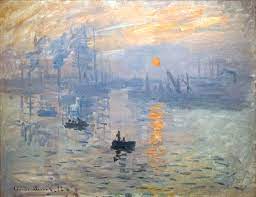
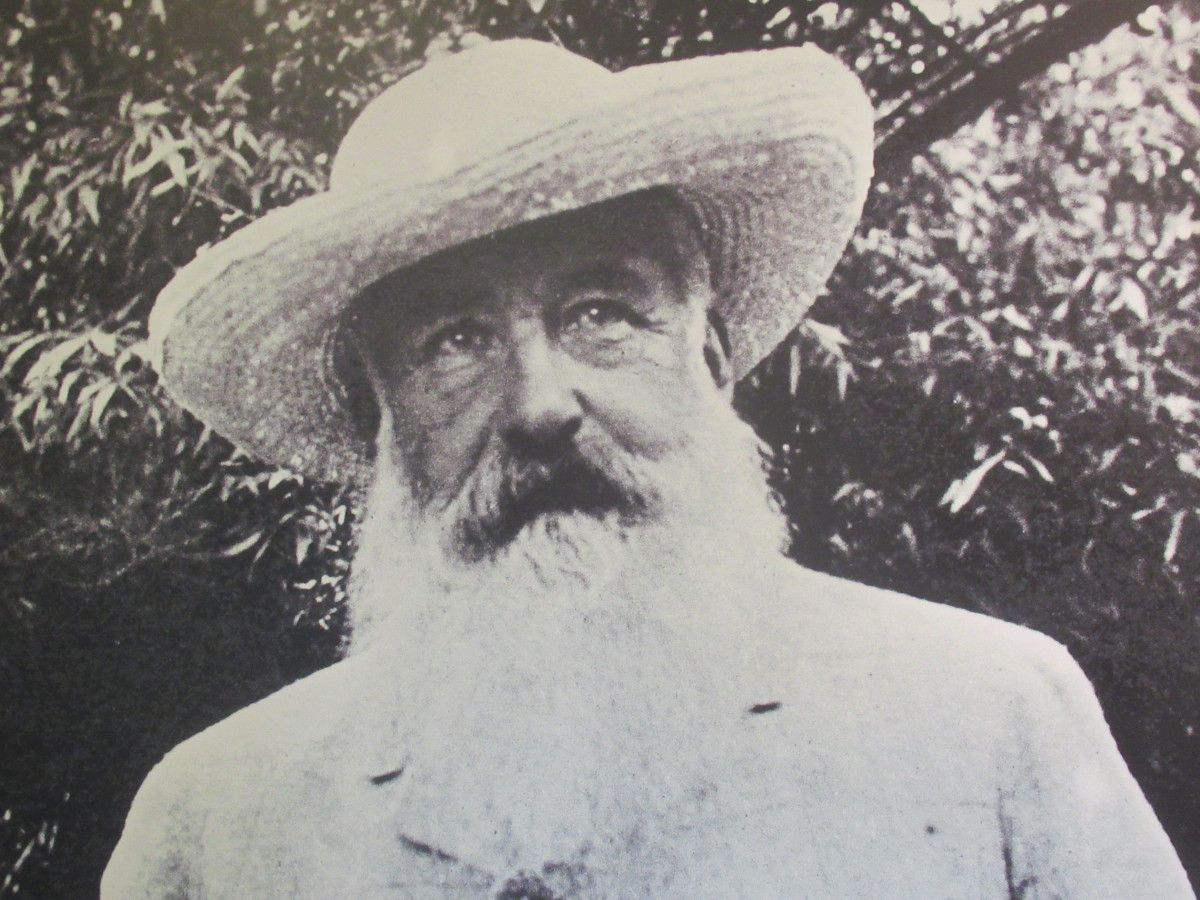
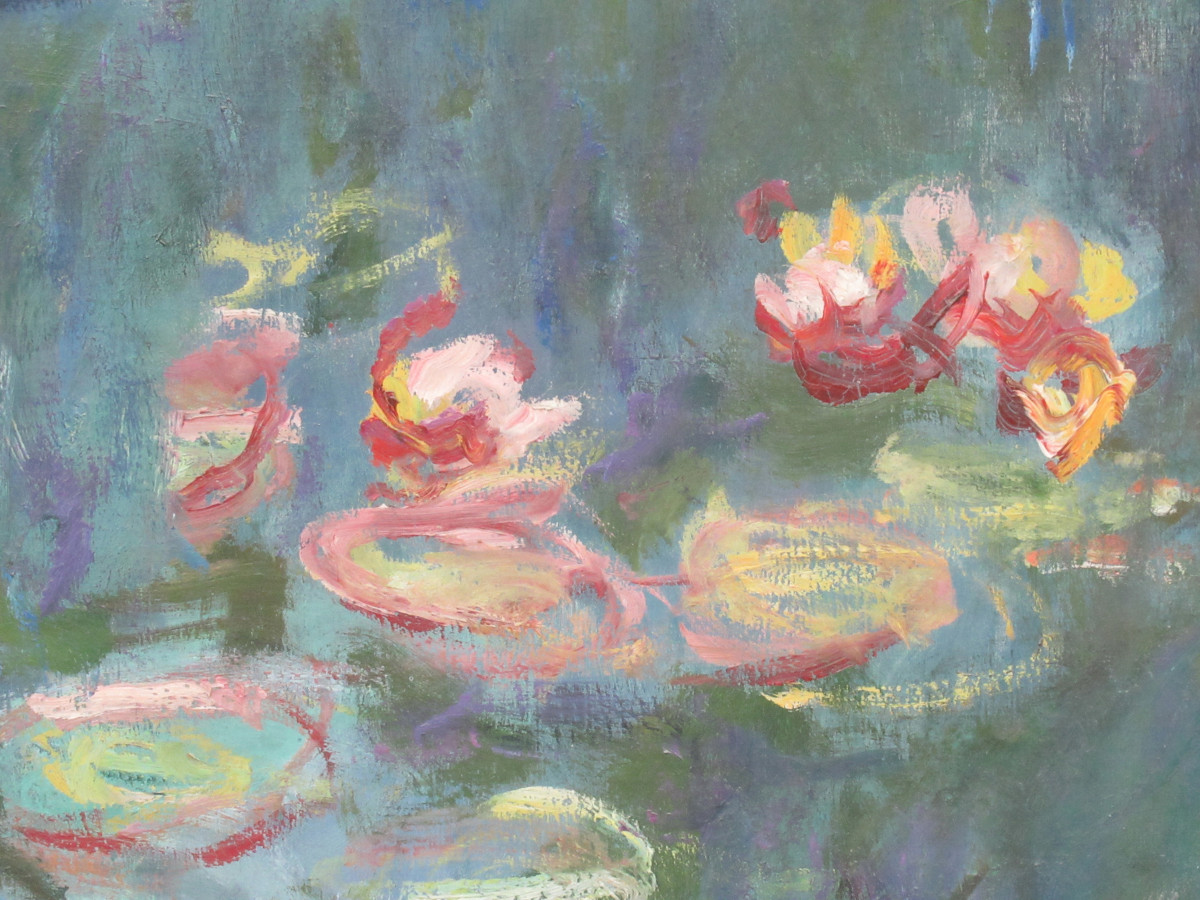
Impressionism began as a protest against the established art of the day. A group of artists who’d had their work rejected by the prestigious Académie des Beaux Arts staged their own exhibition in 1863, the Salon des Refusés. It was not an immediate success, one critic calling their work ‘sad and grotesque.’ In 1874 another naysayer, having seen Monet’s painting of Le Havre, which he titled Impression, Soleil Levant (Impression of Sunrise) criticised the ‘blur and lack of detail’ in these new works. These painters, he complained are ‘mere impressionists.’ The name stuck. And the impressionists became some of the world’s best-known and most admired artists.
new Techniques
Impressionist paintings were unlike anything which came before. The artists left their studios and painted outside in the boulevards and riversides of Paris, in places like Argenteuil which they visited on days out, and at the coast or in the countryside where they spent their holidays. They captured images in bold colours, but without too much detail, almost as if they had painted in a hurry. They focussed on light and weather effects, painting mist and sunlight, clouds and reflections on water.
Musée Marmottan Monet
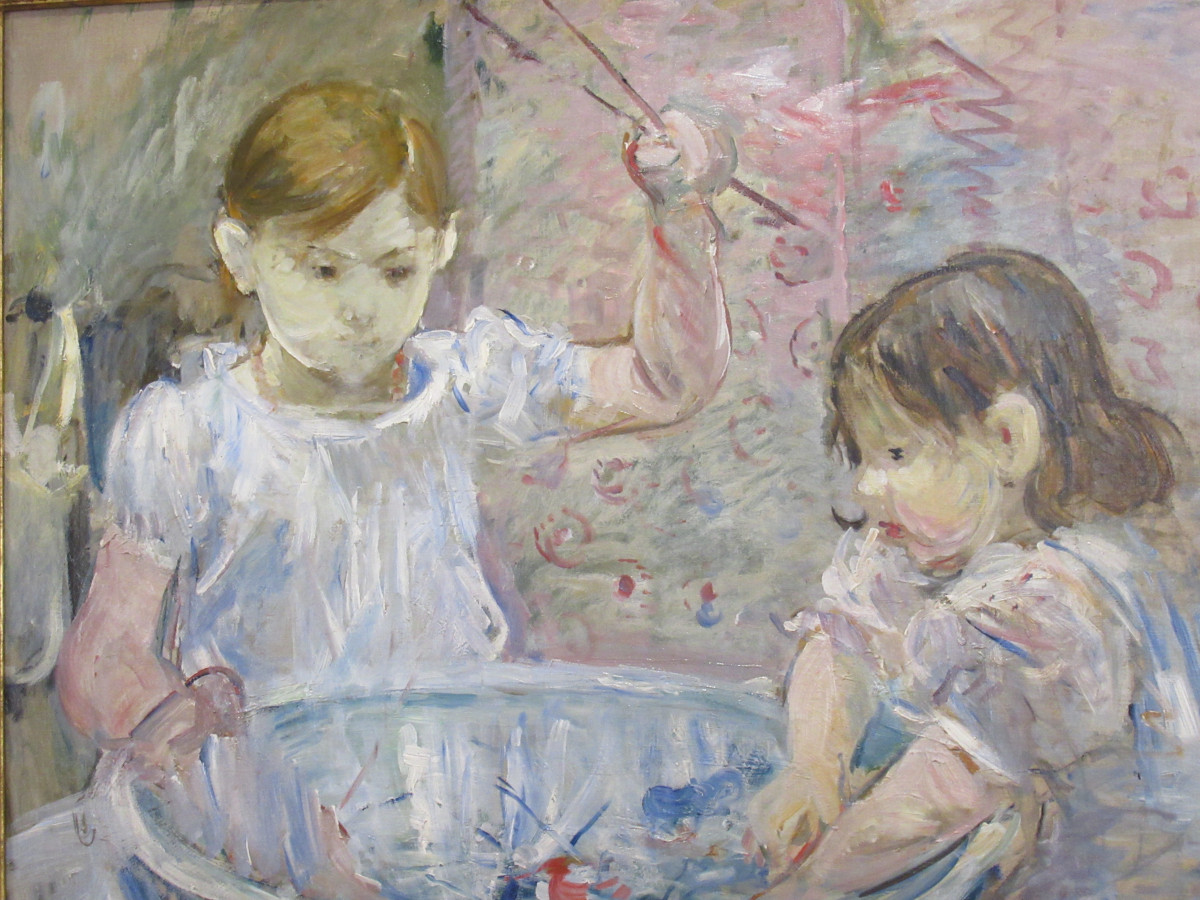
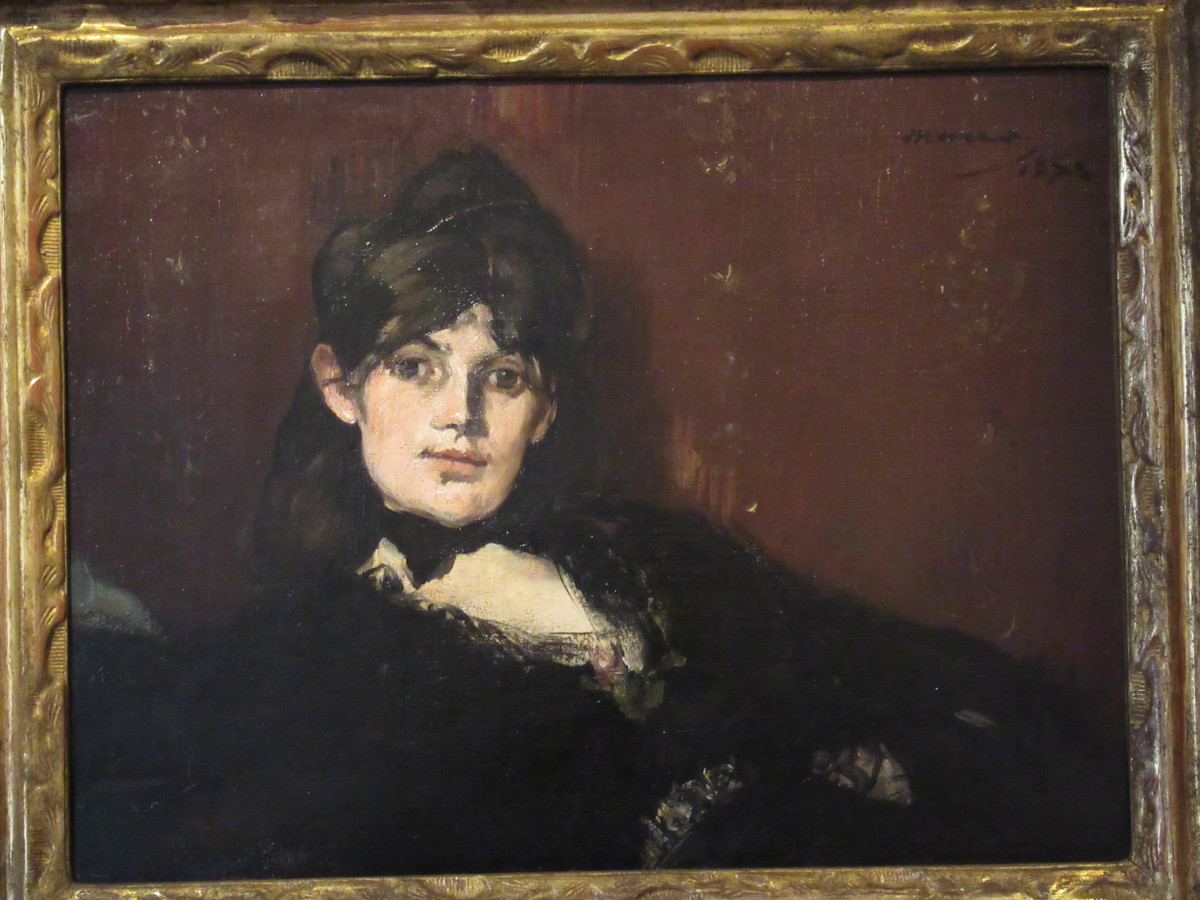
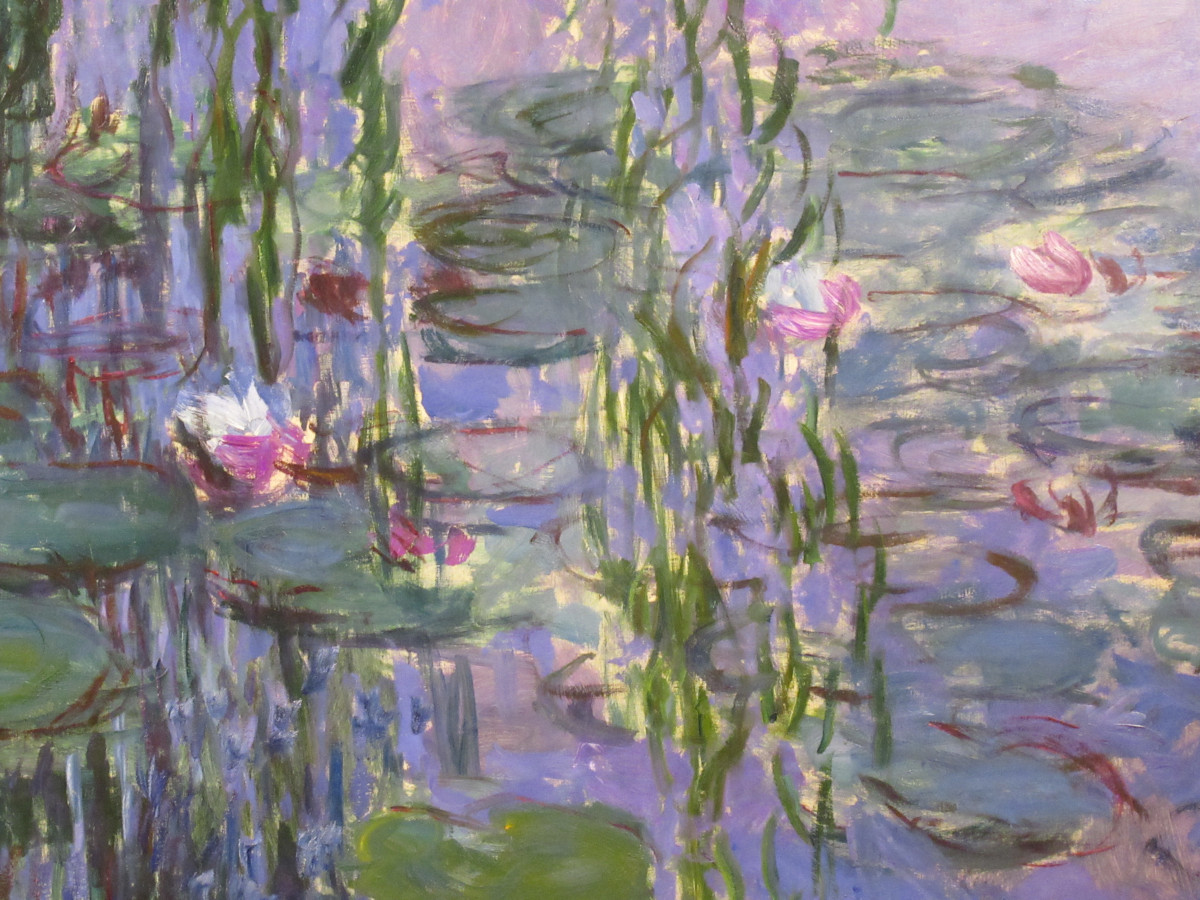
The Musée Marmottan is good place to start discovering impressionism in Paris, because here you can see the painting which gave the movement its name, Monet’s Impression, Soleil Levant and indeed 100 or so of his other works. They include a good number of his large lily paintings, many of them done in his garden at Giverny, plus some from his series on Rouen cathedral. In 1893, he painted some 30 pictures of the cathedral, experimenting with capturing the different light and weather conditions. And here too are pictures of London’s Westminster (which he painted over 100 times!) and countryside scenes such as A Walk at Argenteuil and a beach scene from Trouville on the Normandy coast.
This museum is also the main place to see the works of Berthe Morisot, the only well-known female impressionist artist. There is a good selection of her paintings, watercolours and drawings here, alongside a portrait of her by her brother-in-law, Edouard Manet, and her collection of drawings by Renoir, Monet and Degas. The delightful paintings in this collection include a portrait of her husband and daughter, a charming garden scene called Le Cerisier (The Cherry Tree) and a picture of her young daughter and a friend playing with a large bowl of water, called Enfants à la Vasque.
The Orangerie

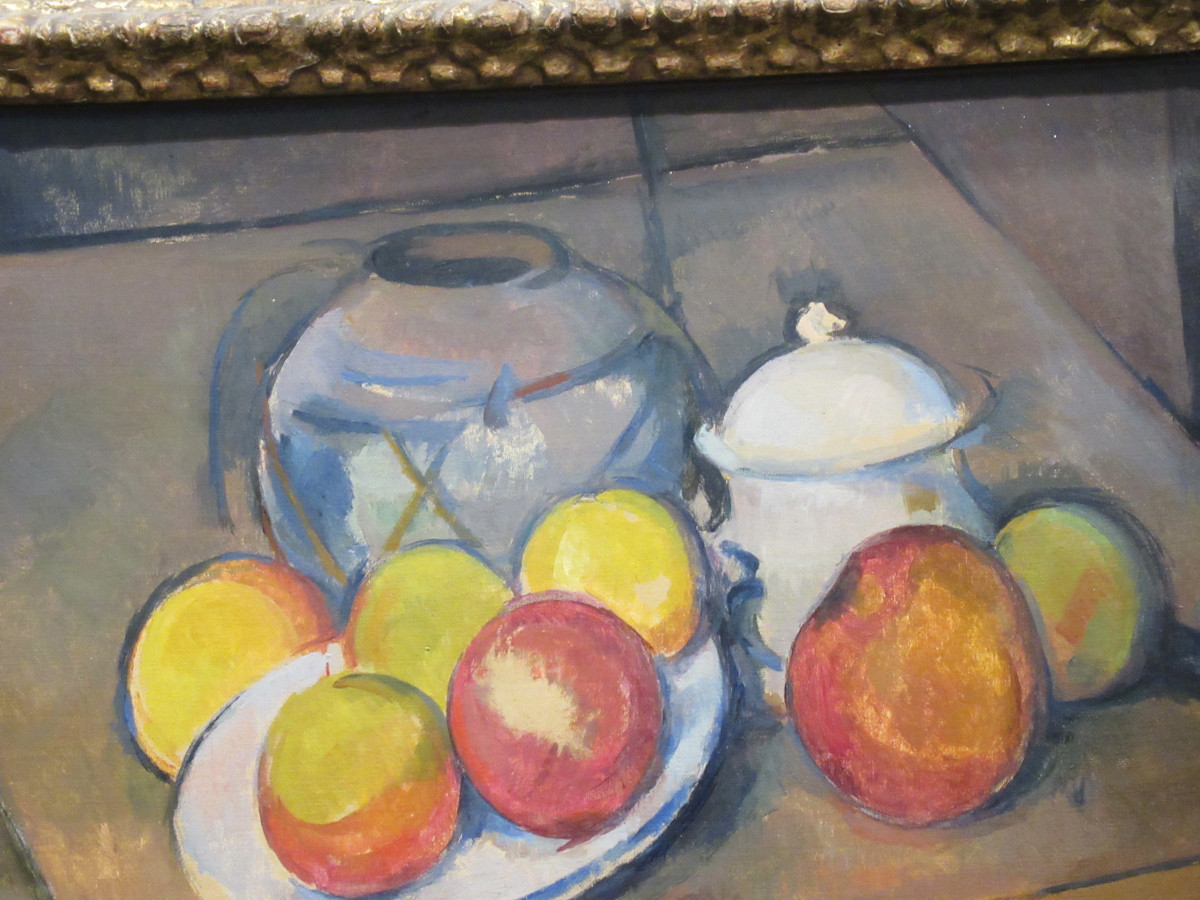
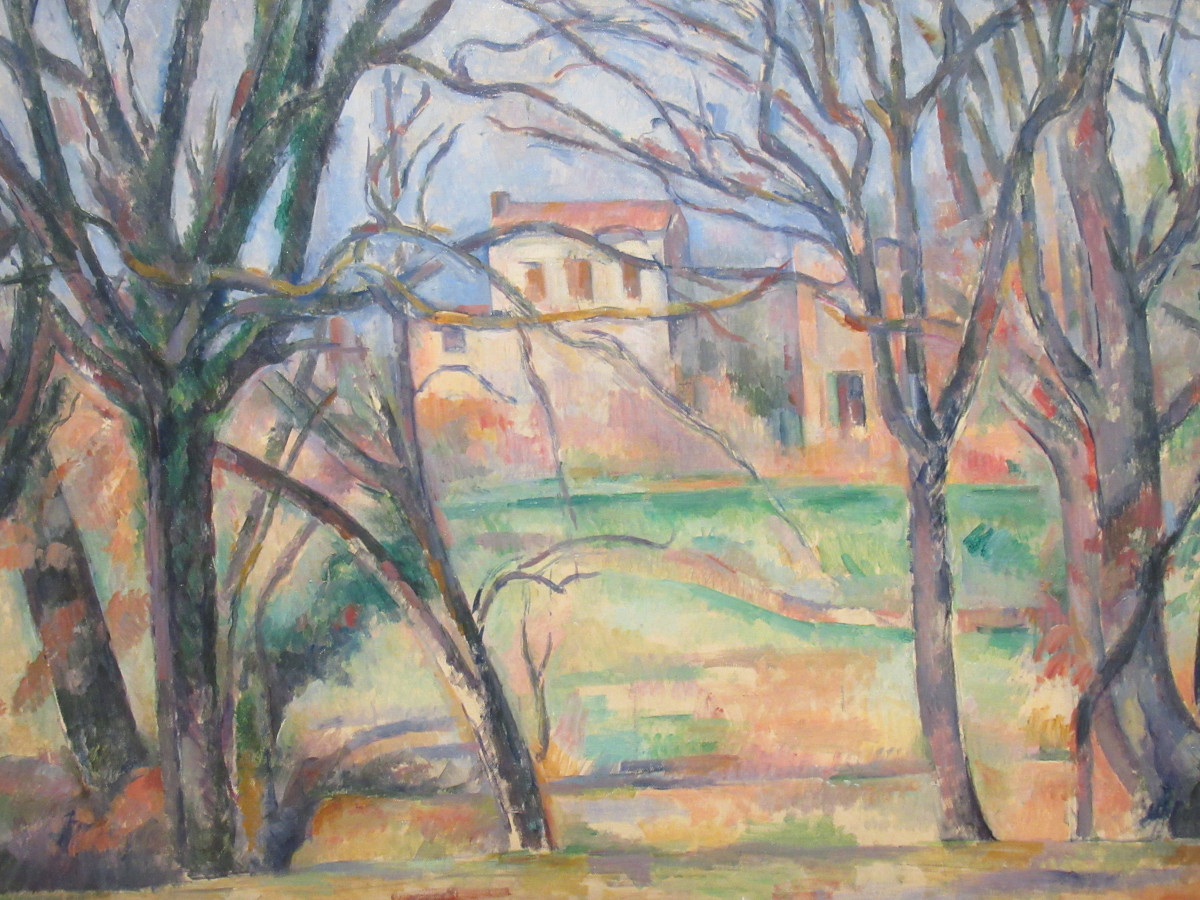
The Orangerie is a little jewel of a museum in the Jardin des Tuileries is best known for its display of the 8 enormous water lily paintings which Monet donated to the nation just at the end of World War One. They were some of his last paintings, done when he was beset by personal and health problems and he left them to France in his will, intended as a symbol of peace. He requested that they should all be displayed together and he personally oversaw the setting up of the two rooms in the Orangerie to accommodate them. Here too is an impressive selection of works by other 19th century French artists including Cézanne, Renoir and Matisse.
The musée d’Orsay
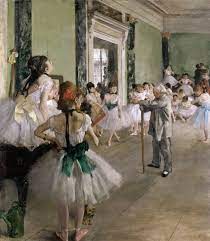
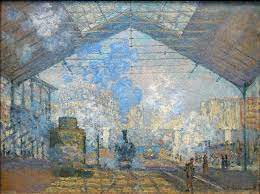

The Musee d’Orsay is the big one! Over 5000 works cover the period 1848 – 1914 and the impressionists are the biggest draw of all. There are plenty more paintings by both Monet and Berthe Morisot, such as Monet’s The Poppy Field and his Gare St Lazare and the picture for which Morisot is perhaps best known, Le Berceau, showing a mother watching her sleeping infant. And all the other main impressionist artists are represented, largely in chronological order, making this the best place to get an overview of the movement as well as to see lots of examples.
Edouard Manet, a bridge between realism and impressionism, has two of his most controversial paintings here: Olympia, the portrait of a courtesan which shocked 1860s Paris and The Le Déjeuner sur l’herbe, depicting two young women picnicking naked with two fully dressed male companions. Here too are Renoir’s Le Bal au Moulin de la Galette, the joyful portrayal of a lively outdoor café-concert in Montmartre, and pieces by Camille Pissarro – landscapes, Parisian scenes and White Frost, a simple depiction of a female figure in a snowy winter street. There are lots of Degas paintings too – ballet scenes painted backstage at the Paris Opera and, much darker, Absinthe, showing two gloomy characters in a shabby café corner.
Post Impressionism at the Musée d’Orsay
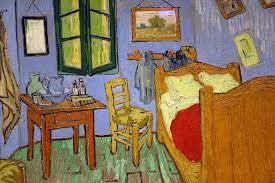
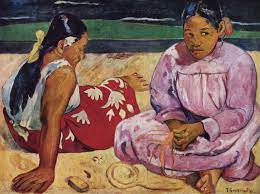
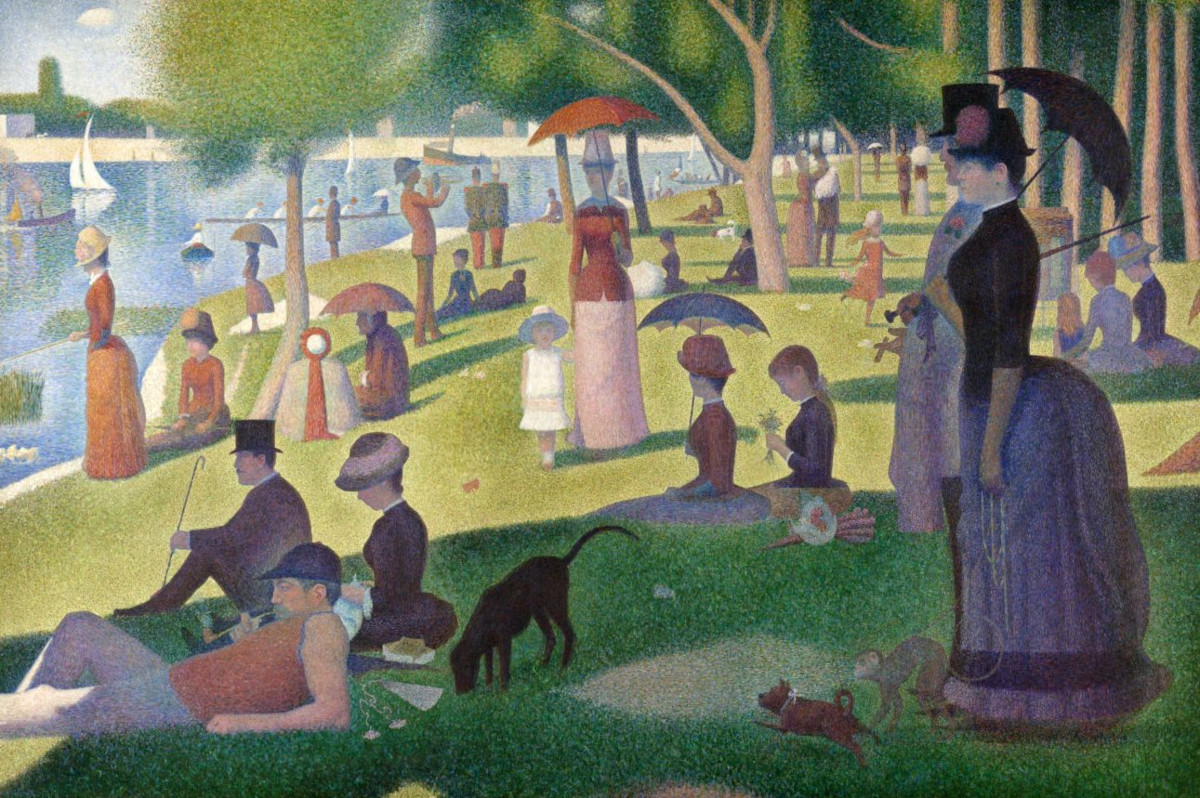
The exhibition continues with the later artists, known as the post-impressionists. Works by Cézanne include still lifes like Apples and Oranges and some of his Sainte Victoire paintings. Like Monet and Rouen Cathedral, Cézanne competed 80 paintings of one subject, the Sainte Victoire mountain in his native Provence, capturing it in many different light conditions. Gauguin is in this section too, using the same bright colours, but in a very different context; not Paris, but Polynesia, where he spent at the last decade of his life. Towards the end of the section are other artists whose work used some techniques from impressionism, such as Georges Seurat and Vincent Van Gogh’s, whose Room in Arles and Starry Night both hang here.
3 More Places to visit
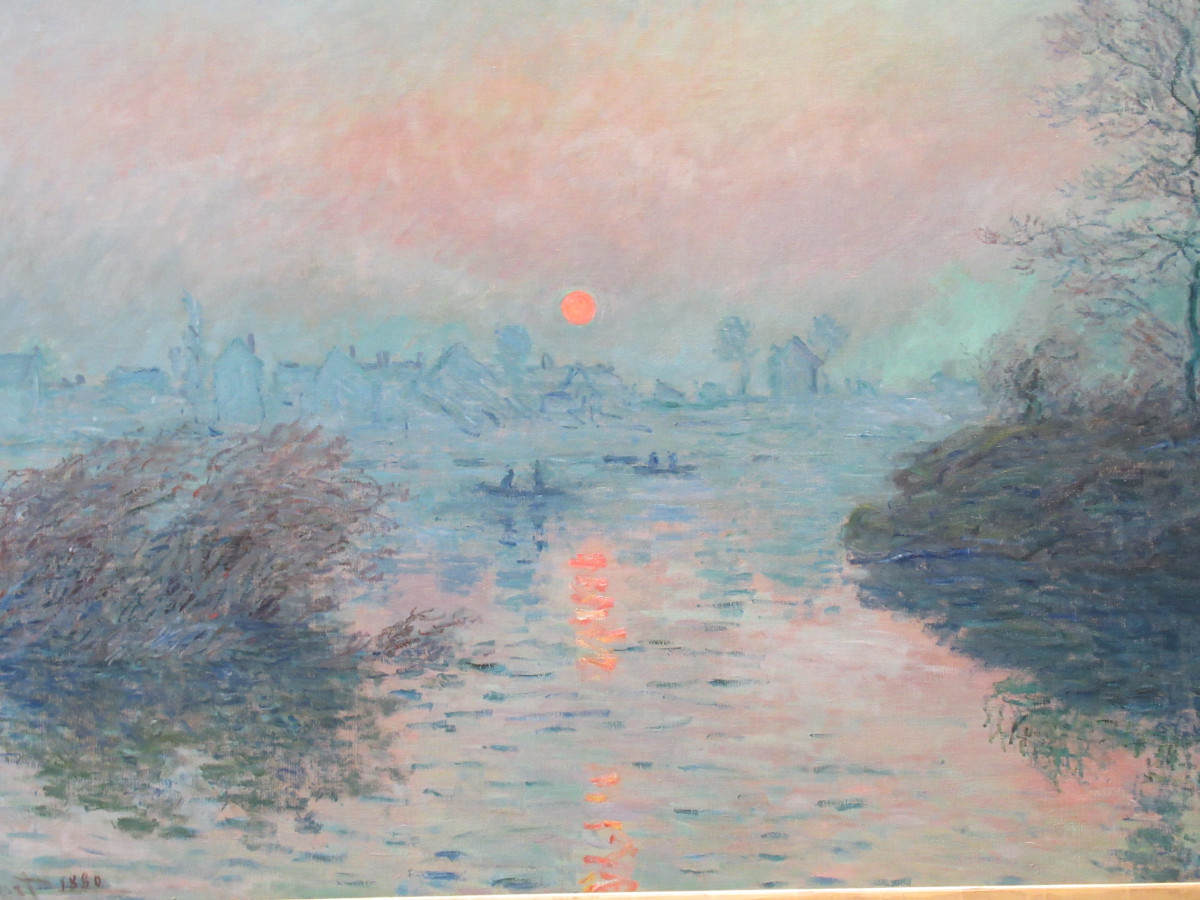

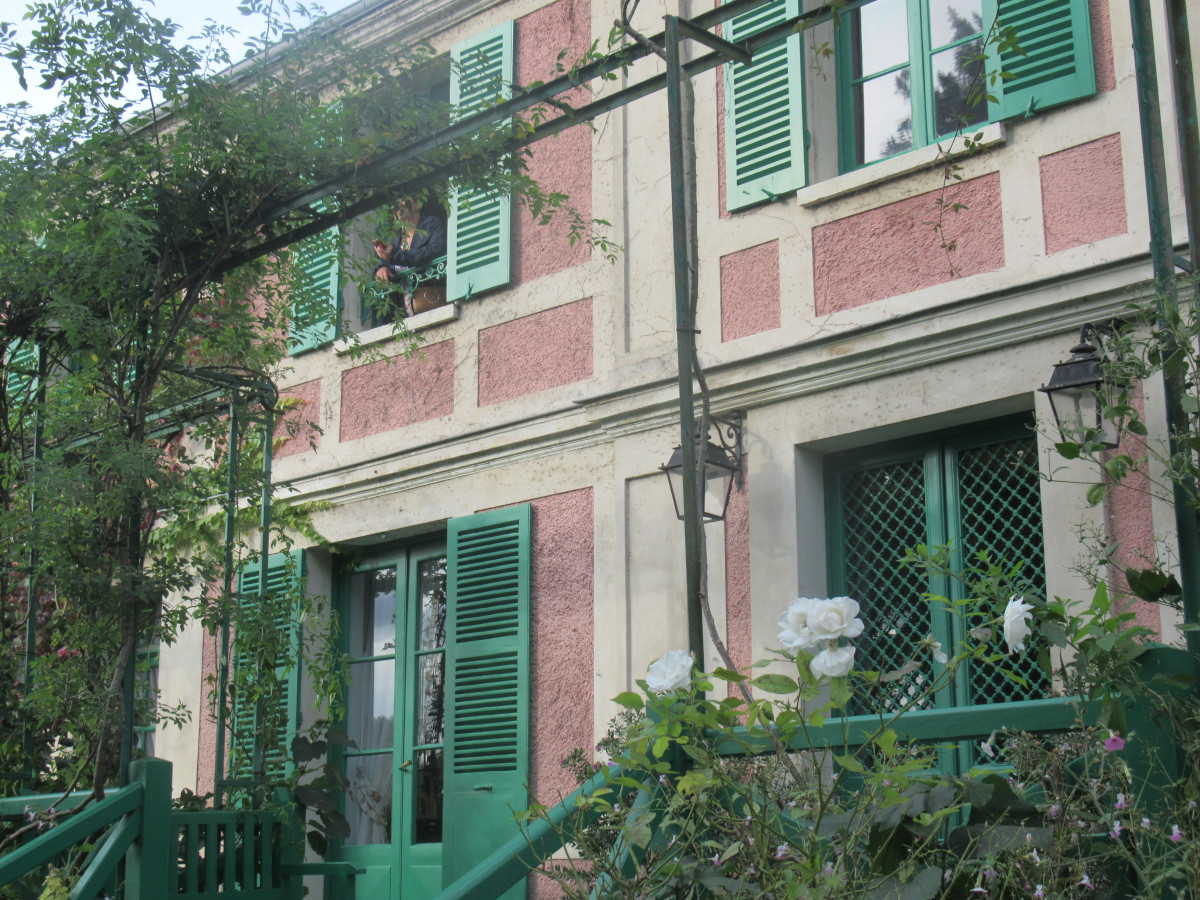
There is a small number of impressionist paintings in the Petit Palais permanent exhibition to which entry is free, most notably Monet’s Sunset on the Seine at Lavacourt. And there are two Monet houses you can visit from Paris. The better-known of the two is Monet’s House and Garden at Giverny and you can take a guided tour out there from central Paris. Monet’s house at Argenteuil is also a museum and can be easily reached by taking a Line J train to Argenteuil from the Gare Saint-Lazare. Turn left out of the station and it’s a 2 minute walk to number 21 on the right-hand side.
Listen to the podcast
Reading Suggestions
Impressionist Masterpieces of Art by Michael Robinson
The Impressionists Their Lives and Work by Robert Katz and Celestine Dars
Links for this post
Musée Marmottan
Orangerie
Musée d’Orsay
The Petit Palais
Monet’s House and Garden at Giverny
Monet’s house at Argenteuil
Previous Episode Belle Époque Paris
Next Episode In Search of the Occupation in Paris





